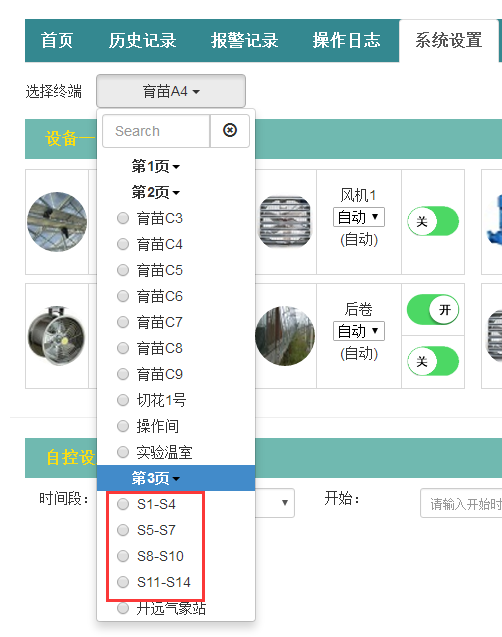别人的博客 http://blog.163.com/lesheng@126/blog/static/357364652010102111051668/
using System.Data.Linq.SqlClient;//程序集 System.Data.Linq string haveKey = Request.Form["haveKey"]; if (haveKey != null && haveKey.Length > 0) { haveKey = string.Format("%{0}%", haveKey); list = from q in list where SqlMethods.Like(q.Name, haveKey) select q; } string noKey = Request.Form["noKey"]; if (noKey != null && noKey.Length > 0) { noKey = string.Format("%{0}%", noKey); list = from q in list where !SqlMethods.Like(q.Name, noKey) select q; } -SQL的IN: Select ProductID, ProductName, CategoryID From dbo.Products Where CategoryID in (1, 2) T-SQL的NOT IN: Select ProductID, ProductName, CategoryID From dbo.Products Where CategoryID not in (1, 2) Or Select ProductID, ProductName, CategoryID From dbo.Products Where not CategoryID in (1, 2) LINQ的IN: var queryResult = from p in db.Products where (new int?[] {1,2}).Contains(p.CategoryID) select p; LINQ的IN解析成SQL: SELECT [t0].[ProductID], [t0].[ProductName], [t0].[SupplierID], [t0].[CategoryID], [t0].[QuantityPerUnit], [t0].[UnitPrice], [t0].[UnitsInStock], [t0].[UnitsOnOrder], [t0].[ReorderLevel], [t0].[Discontinued] FROM [dbo].[Products]AS [t0] WHERE [t0].[CategoryID] IN (@p0, @p1) LINQ的NOT IN: var queryResult = from p in db.Products where ! (new int?[] {1,2}).Contains(p.CategoryID) select p; LINQ的NOT IN解析成SQL: SELECT [t0].[ProductID], [t0].[ProductName], [t0].[SupplierID], [t0].[CategoryID], [t0].[QuantityPerUnit], [t0].[UnitPrice], [t0].[UnitsInStock], [t0].[UnitsOnOrder], [t0].[ReorderLevel], [t0].[Discontinued] FROM [dbo].[Products]AS [t0] WHERE NOT [t0].[CategoryID] IN (@p0, @p1)
以下是我的实现:
GreenhouseBll ghBll = new IntelBLL.GreenhouseBll(); List<GreenhouseModel> ghList = ghBll.GreenhouseUserSel(user.EnterpriseID, user.DistrictID, user.UserID); string noKey = "S%_S%"; var expGh = from q in ghList where !SqlMethods.Like(q.GreenhouseName, noKey) select q; return Content("{"total":" + expGh.Count().ToString() + ","data":" + new JavaScriptSerializer().Serialize(expGh.ToList()) + "}");
but,报错了:无法在客户端上使用方法“Boolean Like(System.String, System.String)”;它仅可用于转换为 SQL。┭┮﹏┭┮
看来我应该搜 linq to Entity not like
博客地址 https://www.cnblogs.com/mbailing/archive/2010/10/26/LinqToEntity.html
Linq to entity indexof ()方法想当于 sql 中的like 语句,
但在 sql 中 like '010%' 是用来过滤以 '010' 开头的数据。
like '%010%' 是用来过滤 包含 010 的数据。
原本以为 linq to entity indexof() 方法能实现 like '010%'的效果,但是在实际中使用才发现,它其实实现的是 like '%010%' 的效果。
我的问题是,linq to entity 如何实现 sql 中 like '010%' 的查询效果,即查找开头为010的数据。
答案:用StartWith () 方法可以实现 sql 中 like '010%'的效果,它是从开头字母做比对。
indexof() 方法是 比对字符串中包含。
我的用法:like都出来了,not like 还远吗?
var expGh = from q in ghList where q.GreenhouseName.IndexOf('S')==-1 select q; return Content("{"total":" + expGh.Count().ToString() + ","data":" + new JavaScriptSerializer().Serialize(expGh.ToList()) + "}");
原来的效果:

过滤后:
原来记个博客也花不了多少时间嘛
